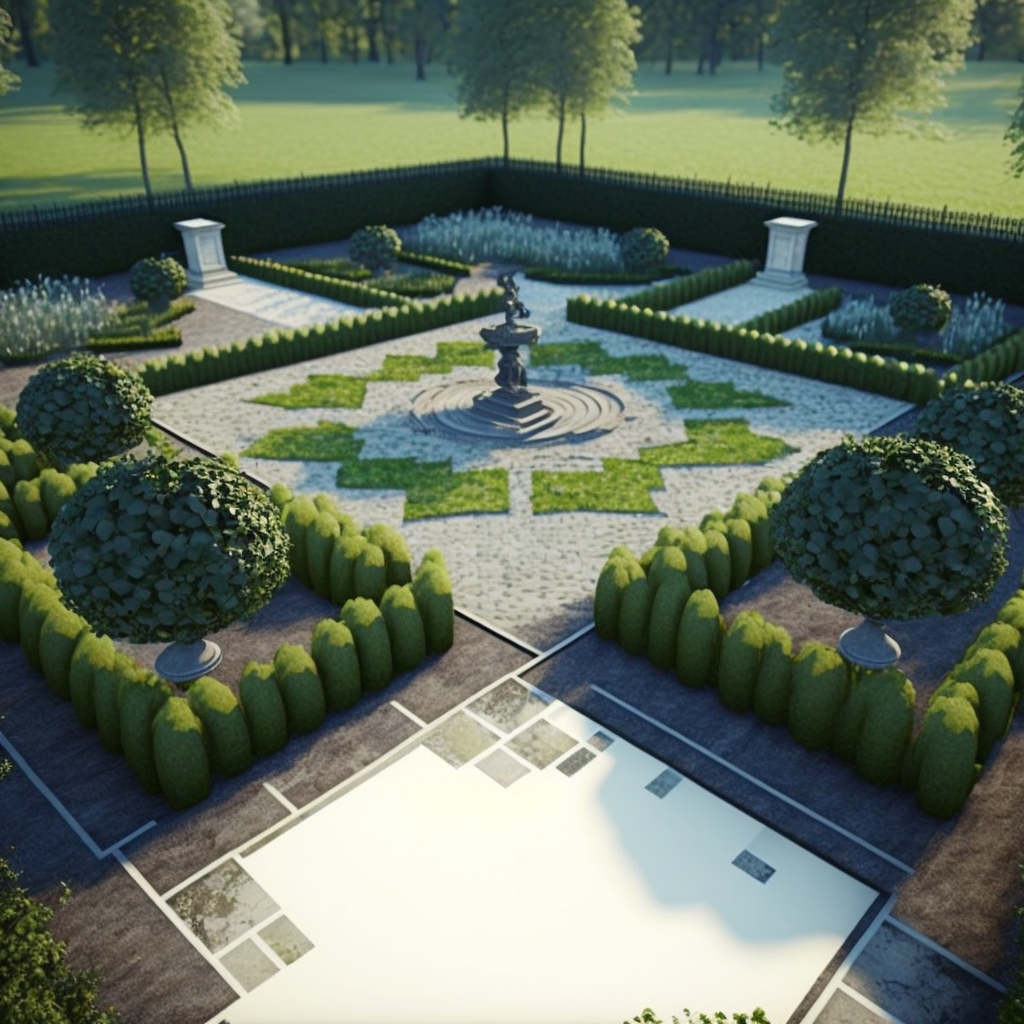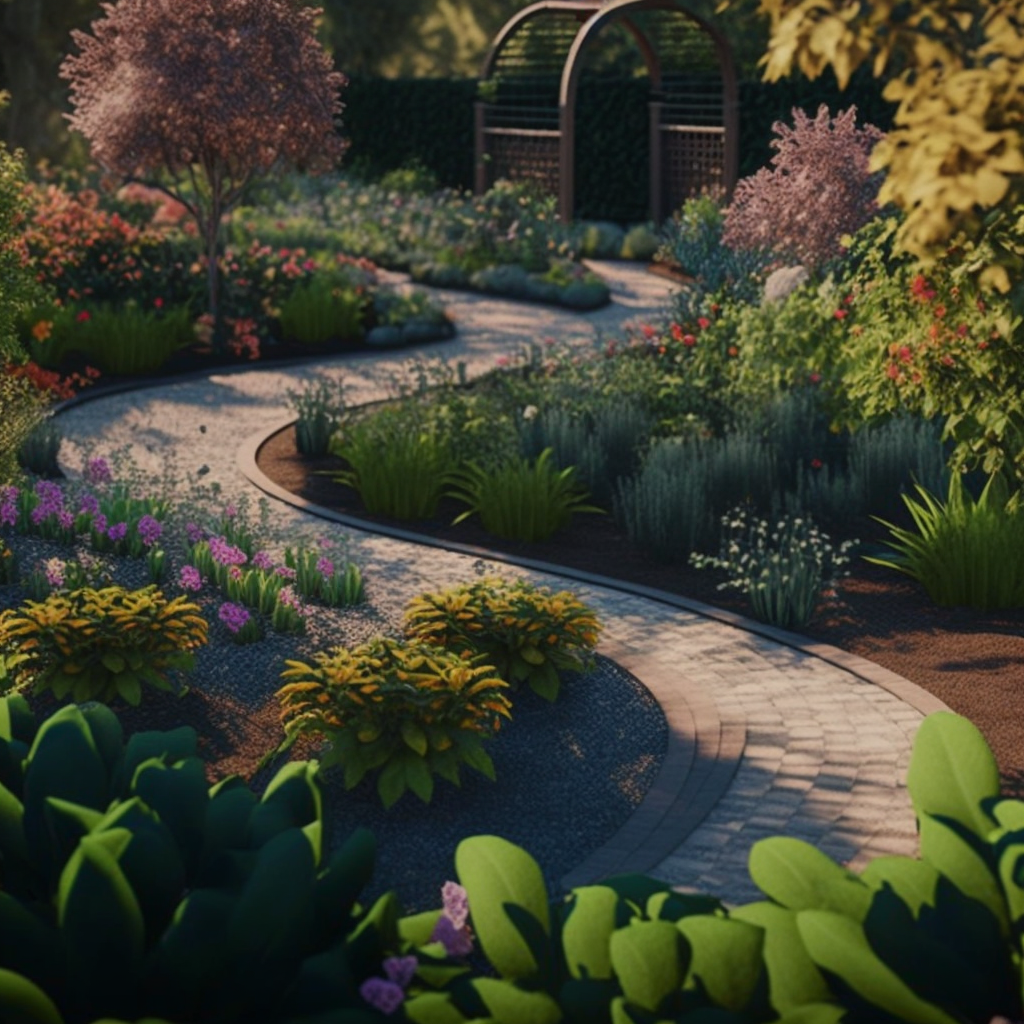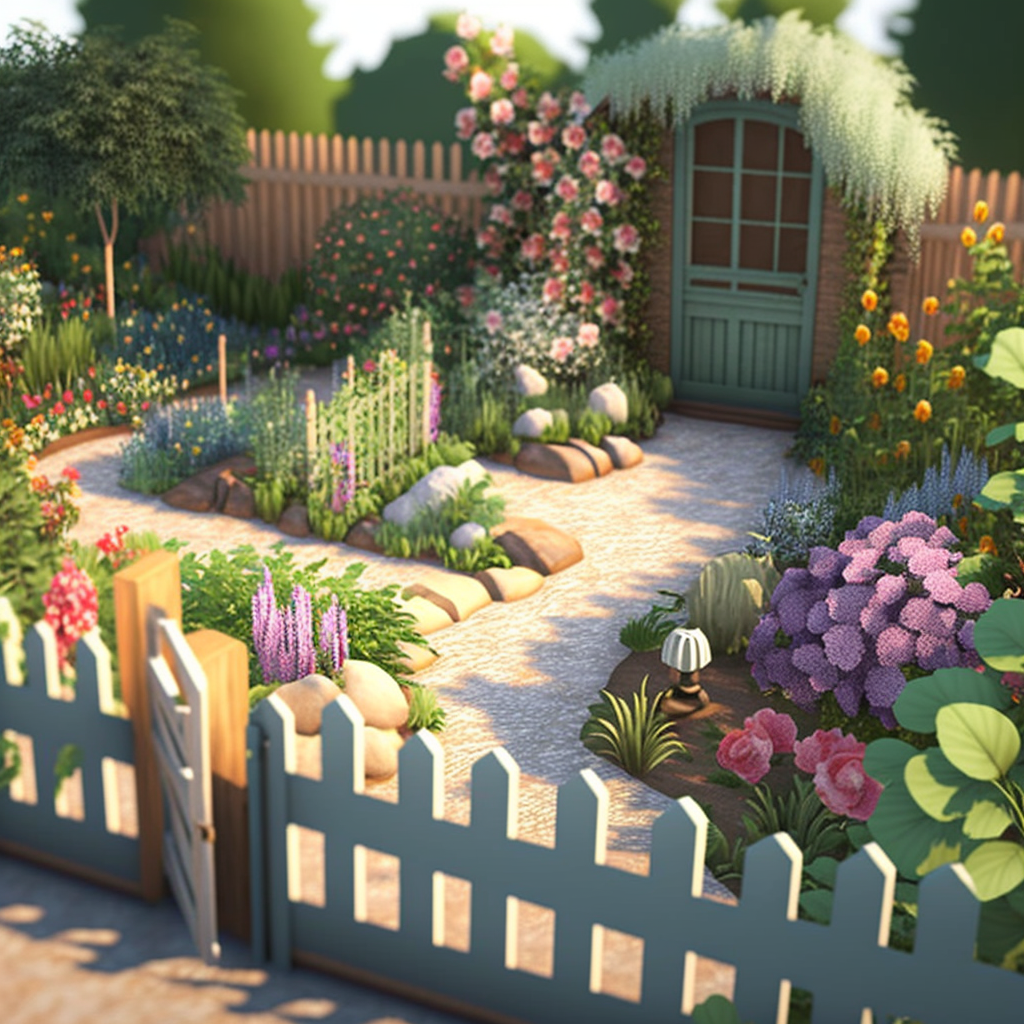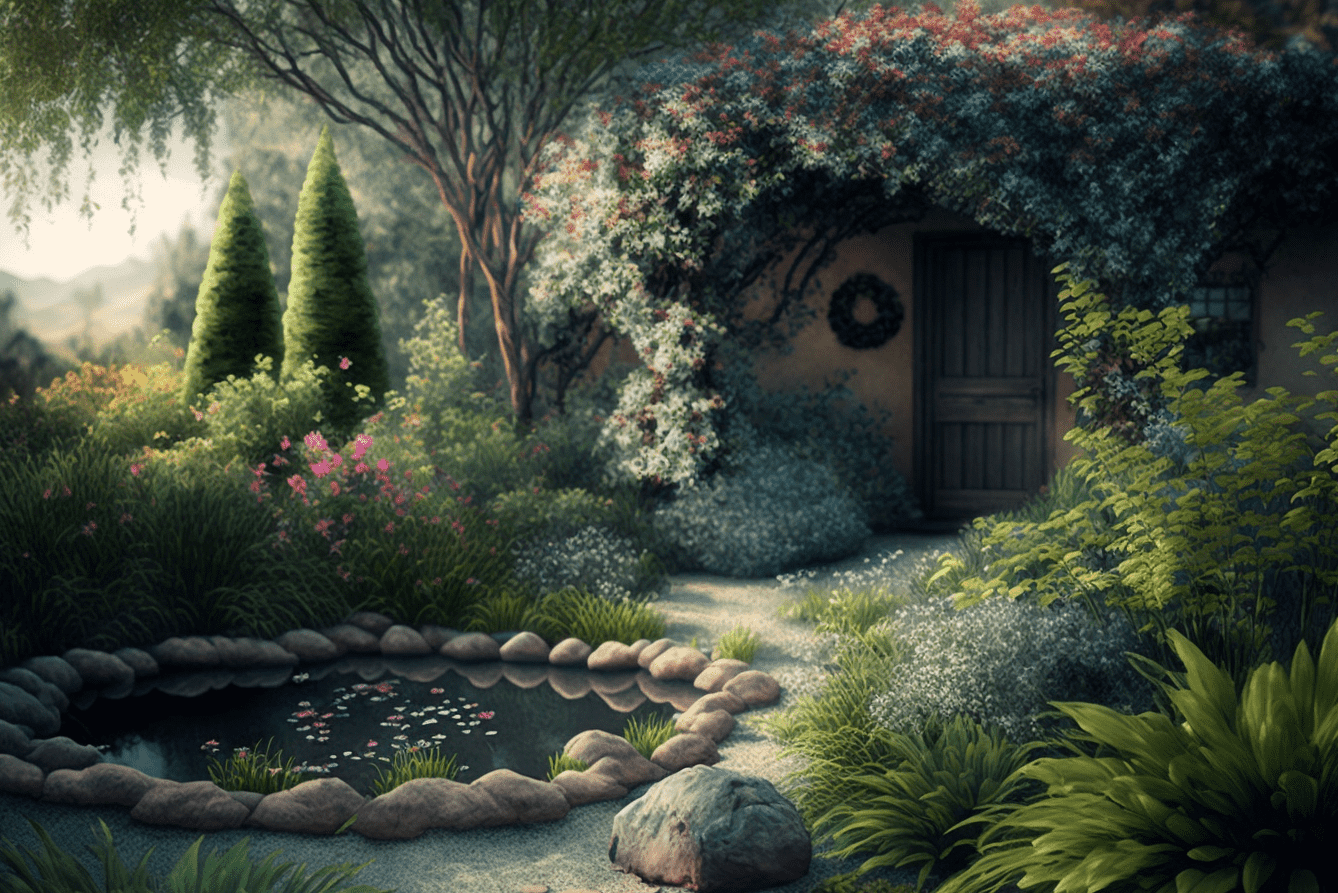No-Lawn Garden Design
As a garden designer, I've witnessed an increase in the number of clients who want gardens that don't have standard grass lawns. No-lawn gardens are not only visually appealing and intriguing, but they also give significant advantages to biodiversity. We can attract and sustain a varied range of local pollinators, butterflies, and birds by replacing a monoculture lawn with a diversified array of plants and habitats, resulting in a healthier environment. No-lawn gardens require less inputs like water and pesticides, making them a more sustainable and ecologically responsible option. In this article, I'll look at a few different garden design styles and how I approach building a garden without grass for each of them.
Formal gardens are distinguished by symmetrical layouts, geometric designs, and a focus on order and structure utilising straight lines, formal vegetation, and a limited color palette. When planning a formal garden without grass, I like to focus on establishing a feeling of structure and formality via the use of concrete components such as paths, patios, and outdoor seating places. These can be composed of stone, brick, or concrete pavers.
To add interest and texture to the landscape, I may use decorative grasses, sculpted evergreen bushes, or topiaries. I may also use water elements like fountains or reflecting pools to provide a sense of refinement and calm.

Informal gardens, in contrast to formal gardens, have a more natural, relaxed appearance. Winding paths, a variety of plant sizes and varieties, and a less rigid overall structure are common features. I prefer to focus on generating a feeling of whimsy and informality via the use of a variety of flora while developing an informal garden without grass. Mulched beds loaded with floral plants, shrubs, and small trees might be included. To add interest and attract animals, I would also include a water element such as a small pond or stream.
In an informal garden, pathways might be created of stepping stones, crushed gravel, or wood chips. These elements contribute to the creation of a natural, organic atmosphere and can be utilised to link various areas of the landscape.

Japanese gardens are noted for their simplicity and emphasis on natural features such as rocks, water, and plants. Lanterns, stone walkways, and water features are common features. I prefer to utilise materials like sand or gravel to create a sense of serenity and simplicity while constructing a Japanese garden without grass. Raked sand or gravel patterns can offer visual appeal.
Dwarf evergreens, bamboo, and small blooming shrubs or trees are examples of plantings in a Japanese garden. Water elements, such as a stone-lined stream or a small pond, may provide a sense of calm and a touch of nature to the garden.

Mediterranean gardens include drought-tolerant plants, terracotta pots, and outdoor lounging spaces. When planning a Mediterranean garden without grass, I prefer to focus on generating a sense of warmth and calm by using drought-tolerant plants such as lavender, rosemary, and olive trees. Terracotta pots, urns, and planters may be utilised to give colour and texture.
Hardscape components such as paths and patio areas can be created of materials such as stone or concrete pavers to offer a rustic character. A pergola or arbour covered in climbing plants may give shade while also creating a comfortable, private atmosphere.

To create a natural, rustic feel, paths in a cottage garden might be created of materials such as brick, stone, or wood chips. I may also include seating places or small meeting areas throughout the garden to encourage relaxing and socialising.

A water feature or small pond may give a calm, pleasant location to rest while also adding to the tropical ambiance of the garden. I may also include outdoor sitting or lounging spaces to encourage relaxation and enjoyment of the garden.

There are several garden design styles to pick from, and each may be customised to fit a garden without grass. It is feasible to create a beautiful and practical garden in any design without the requirement for a typical grass lawn by focusing on the fundamental characteristics of each style and employing a range of plants, hardscape pieces, and water features.
For more information or how you can implement some of these design ideas, get in touch here.